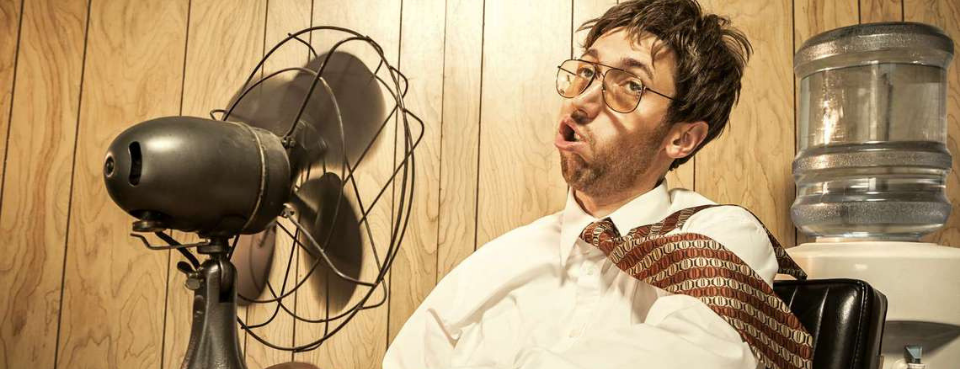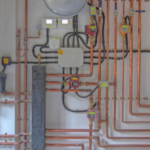According to research, the energy the body expends trying to cool itself down takes away from our ability to think and reason. When offices and work environments are air-conditioned, people are able to work better and make better decisions.
How can you help employees and the users of your facility to cope better with the heat?
Keep an eye on the temperature – There is no official guidance governing the maximum temperature in the workplace, but ideal temperatures should be 16 degrees for factories, 18 degrees for hospitals and 20 degrees in offices.
Well ventilated rooms – This is a requirement by law, the Health and Safety Executive suggests that if more than 10% of people in an air-conditioned building, or 15% in a naturally ventilated building complain about the heat a thermal comfort risk assessment should be carried out.
Bring the temperature down with air conditioning and fans – Introducing either into the workplace will enable temperatures to come down to a more comfortable level, particularly when ventilation is not creating enough of a barrier between the user and the heat.
Identify who is at risk – Those more sensitive to heat stress either because of illness/condition, medication or women who are pregnant are all examples. Keep an eye on those more susceptible to heat stress and see if you could be doing more to control these risks.
What is required by law?
The Approved Code of Practice to the Workplace Regulations gives examples of what employers must do to ensure a reasonably comfortable temperature for indoor workers. This Includes insulating hot plants or pipes, providing air cooling plants, shading windows and sighting workplaces away from places subject to radiant heat.
Where this is not sufficient, it states that employers must install local cooling systems, increase ventilation, or fans. The regulations require employers to provide ‘effective and suitable ventilation’, but safety representatives should ensure this is not achieved simply by opening doors, which may be acting as fire doors.
FACT
Reports from trade unions indicate high temperatures are a major problem. A 2016 TUC safety representative survey found 16% of safety representatives cited high temperatures as one of their top concerns. Those industries found to be particularly high included, central and local government, education and manufacturing.
Considering creating a cooler environment for your building’s users? Learn more about different services here.
✓ Improve employee wellbeing
✓ Increase overall productivity – 1/5 employers believe ‘cool’ office features can boost the productivity of workers. Many employers are concerned about lack of space, or, have financial concerns, but creating a cooler workplace isn’t as challenging as it may appear. Learn more here.
✓ Attraction and retention of staff – According to totaljobs 1/5 have left a job because of disliking the space they worked in. Not only can the office keep staff for longer, but modern features can help attract new employees too.






